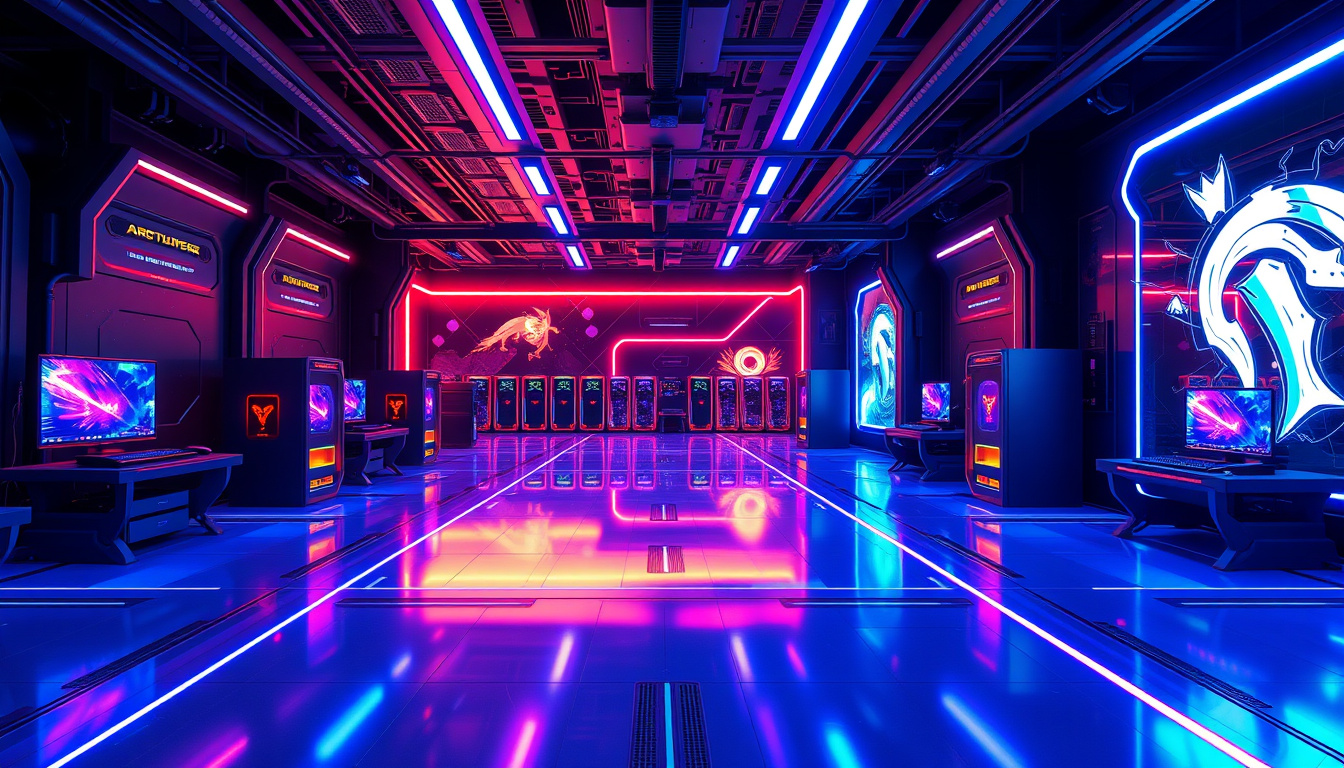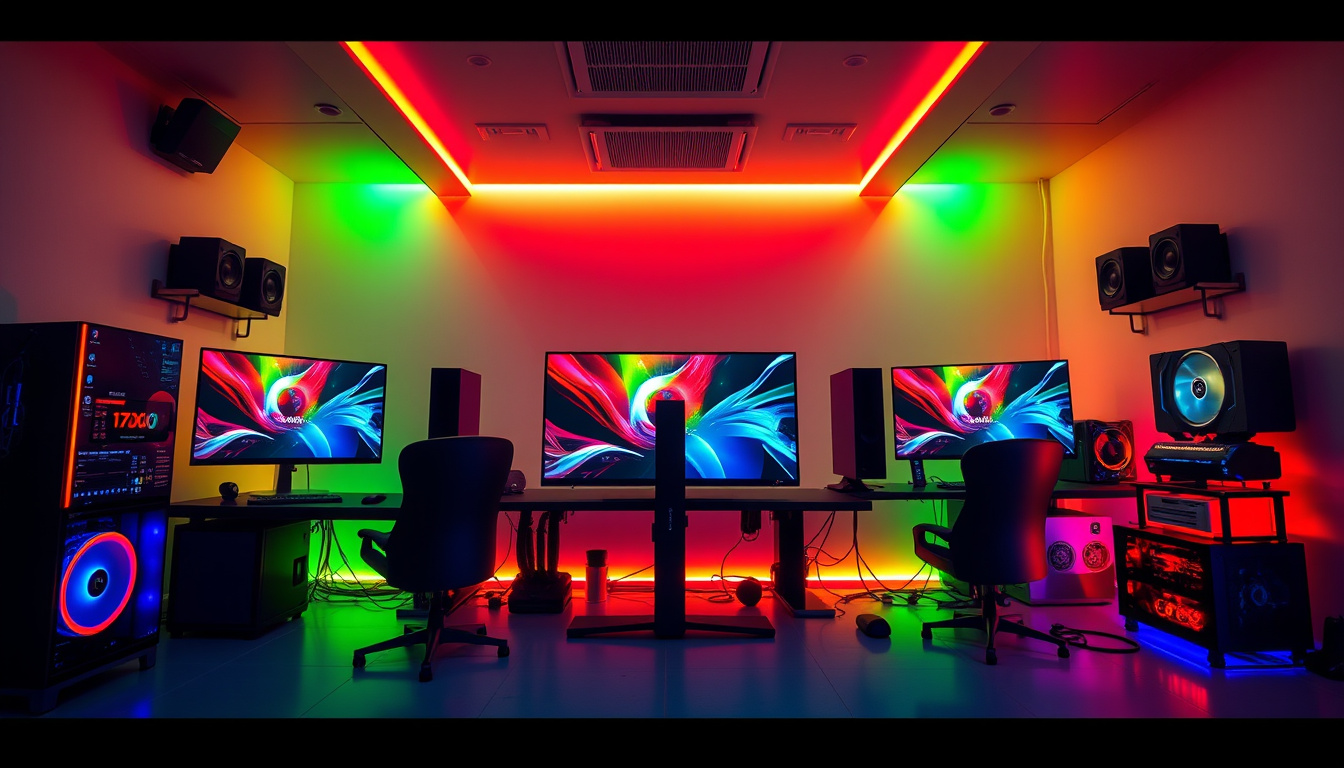In the ever-evolving landscape of online gaming, players and developers alike are always on the lookout for ways to enhance performance, stability, and overall user experience. One of the most effective solutions lies in the implementation of dedicated gaming nodes. Setting up dedicated gaming nodes can significantly improve gameplay by reducing latency, increasing bandwidth, and providing a more robust server environment for multiplayer experiences. This article will guide you through the key steps and considerations involved in setting up dedicated gaming nodes for an unrivaled gaming experience.
What Are Dedicated Gaming Nodes?
Dedicated gaming nodes are specialized servers tailored specifically for hosting multiplayer games. Unlike traditional game servers that might be shared among various applications or user traffic, dedicated nodes are solely focused on gaming performance, allowing for optimized processing power and improved game responsiveness. This direct commitment to gaming can create smoother gameplay, minimized lag, and a more enjoyable experience for players.
Benefits of Using Dedicated Gaming Nodes
-
Enhanced Performance: Dedicated nodes allocate resources specifically for gaming tasks, resulting in better processing speeds and reduced latency.
-
Increased Security: With a dedicated environment, the risk of security breaches diminishes. Data management and updates can be handled more effectively, providing a safer gaming experience for users.
-
Customization: Developers have greater flexibility to customize server settings and specifications that cater to the unique requirements of their games, allowing for tailored gaming experiences.
-
Improved Stability: By isolating gaming traffic from other applications, dedicated nodes can handle increased player counts without crashing or lagging, supporting more stable online sessions.
Steps to Set Up Dedicated Gaming Nodes

1. Choose the Right Server Infrastructure
The backbone of any dedicated gaming node setup is the server infrastructure. Depending on your gaming requirements, you may opt for:
- Cloud-based servers: Scalable and cost-effective, ideal for rapid deployment and flexibility.
- On-premise servers: Offering maximum control and performance, suitable for gaming companies with high resource needs.
2. Select Your Hardware
Choosing the right hardware components is crucial. Key considerations include:
- CPU and RAM: Opt for high-performance processors and sufficient RAM to support multiple players simultaneously.
- Network Bandwidth: Ensure your internet connection can handle high-speed data transfers. A minimum of 1 Gbps is often recommended.
- Storage Solutions: Use SSDs for faster data access and retrieval, enhancing load times and performance.
3. Install the Operating System
Set up a gaming-focused operating system. Many developers opt for Linux distributions like Ubuntu Server or Debian, which provide stability and security. Additionally, ensure that necessary updates and security patches are applied before proceeding.
4. Configure the Game Server Software
Install and configure the respective game server software based on the games you wish to host. This process can vary depending on whether you’re using established game engines or developing a new game from scratch. Follow these guidelines:
- Create Server Instances: Set up multiple game server instances to support different game modes or sessions.
- Adjust Settings: Tweak performance settings to optimize player experience, such as player limits, tick rates, and network settings.
5. Implement Security Measures
To protect your gaming nodes, consider implementing the following security measures:
- Firewall Configuration: Set up a robust firewall that restricts unauthorized access and defines network traffic rules.
- DDoS Protection: Invest in DDoS protection services to prevent attacks that could disrupt service and gameplay.
- Regular Backups: Ensure that server data is regularly backed up to avoid data loss in case of failures or breaches.
6. Testing and Optimization
Before launching, conduct thorough testing with a controlled group of players to gauge performance. Monitor metrics such as latency, frame rates, and server load. Use this feedback to make any necessary adjustments before fully deploying your gaming nodes to the public.
7. Continuous Monitoring and Maintenance
Once your dedicated gaming nodes are live, ongoing monitoring is essential. Keep an eye on performance metrics, server health, and player feedback. Regular maintenance, including software updates, security checks, and hardware assessments, will help maintain optimal performance over time.
Conclusion
Setting up dedicated gaming nodes is a strategic move for developers looking to deliver enhanced gaming experiences. With their focus on performance, security, and customization, dedicated nodes represent the future of multiplayer gaming. By following the outlined steps, you can create a robust gaming environment that not only meets player expectations but also stands out in the competitive gaming landscape. As technology continues to evolve, embracing dedicated gaming nodes will help advance your game’s quality and player satisfaction, ultimately leading to greater success in the gaming industry.



